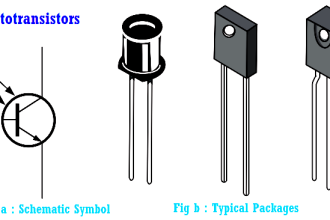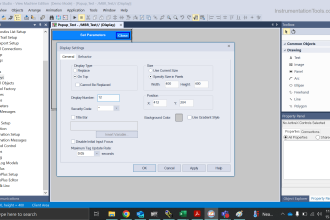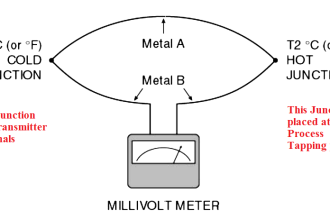Learn the 25 test questions and answers for the electronics and instrumentation engineering students.
Instrumentation Engineering Students Test
1. Common mode rejection ratio is defined as the ratio of
A) Differential mode gain to common-mode gain
B) Common mode gain at the input to differential mode gain at the input
C) Common mode gain at output to differential mode gain at the output
D) Common mode gain to differential mode gain
2. An ideal amplifier has
A) Noise figure of 0 db
B) Noise factor of unity
C) Noise figure of less than 1 db
D) Noise figure of more than 0 db
3. A chopper amplifier
A) Converts DC signal from low frequency to high frequency
B) Converts AC signal from low frequency to high frequency
C) Converts DC signal from low frequency to high frequency
D) Converts AC signal from low frequency to DC high frequency
4. Resistively generated inference arises through incorrect
A) Supply voltage
B) Input impedance
C) Grounding
D) Current density at the electrodes
5. The outstanding characteristics of a D.C. amplifier is its
A) Temperature stability
B) Ability to amplify Dc and low-frequency signals
C) Utmost economy
D) Avoidance of frequency sensitive components
6. Raising the input impedance of the preamplifier reduces
A) Output current
B) Stray current
C) Input current
D) Grid current
7. When the input of differential amplifier V1 = 0, then the differential amplifier is said to be operated in
A) Non inverting mode
B) Inverting mode
C) Common mode
D) Differential mode
8. In an amplifier, the coupling capacitors are employed for
A) Preventing of Dc mixing with input or output
B) Limiting the bandwidth
C) Controlling the output
D) Matching the impedance
9. To reduce common-mode interference during the recording of bio signals one can use
A) Chopper amplifier
B) Single ended amplifier
C) Buffer amplifier
D) Differential amplifier
10. CMRR is more in
A) Single ended amplifier
B) Differential amplifier
C) Chopper amplifier
D) Inverting operational amplifier
All questions and answers are available in the Quiz.
Click on the below button to launch the Quiz.
Share your answers with us through the below comments section.



















Thank you sir.